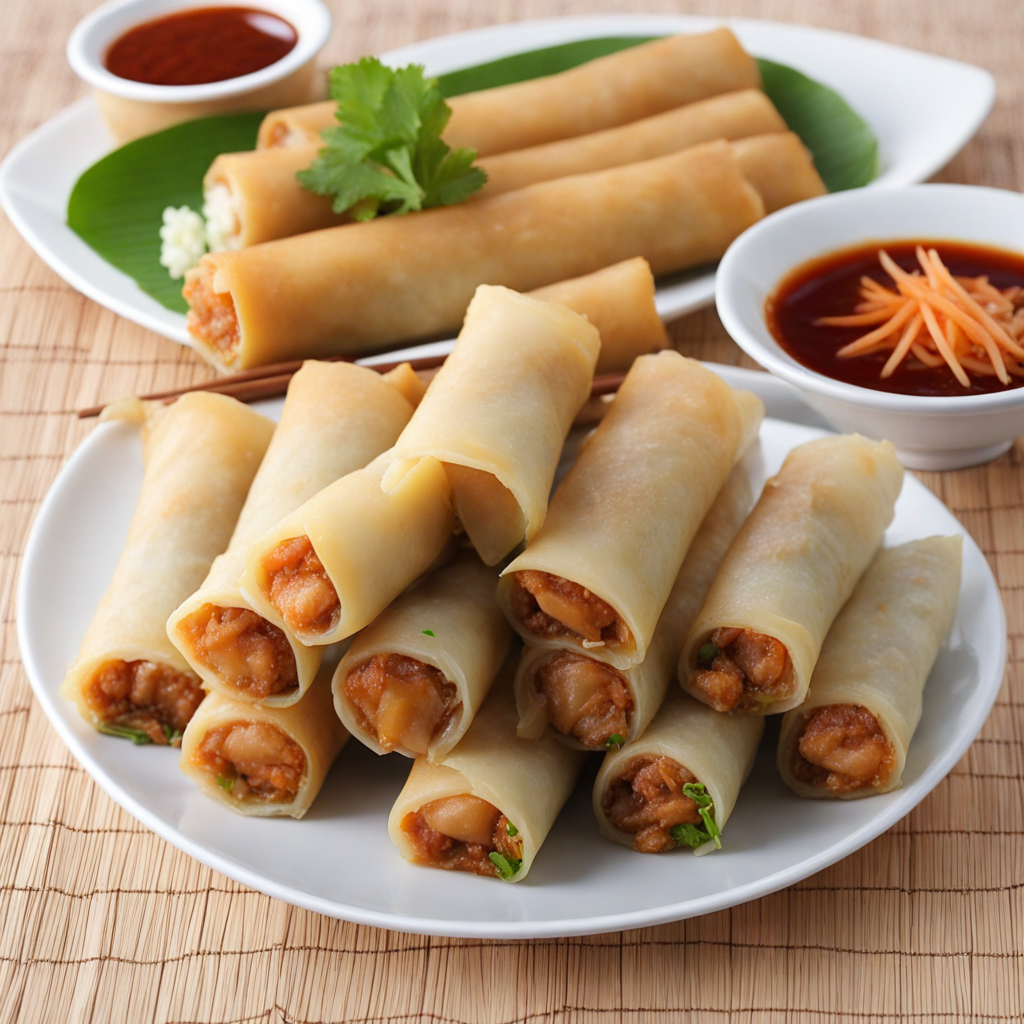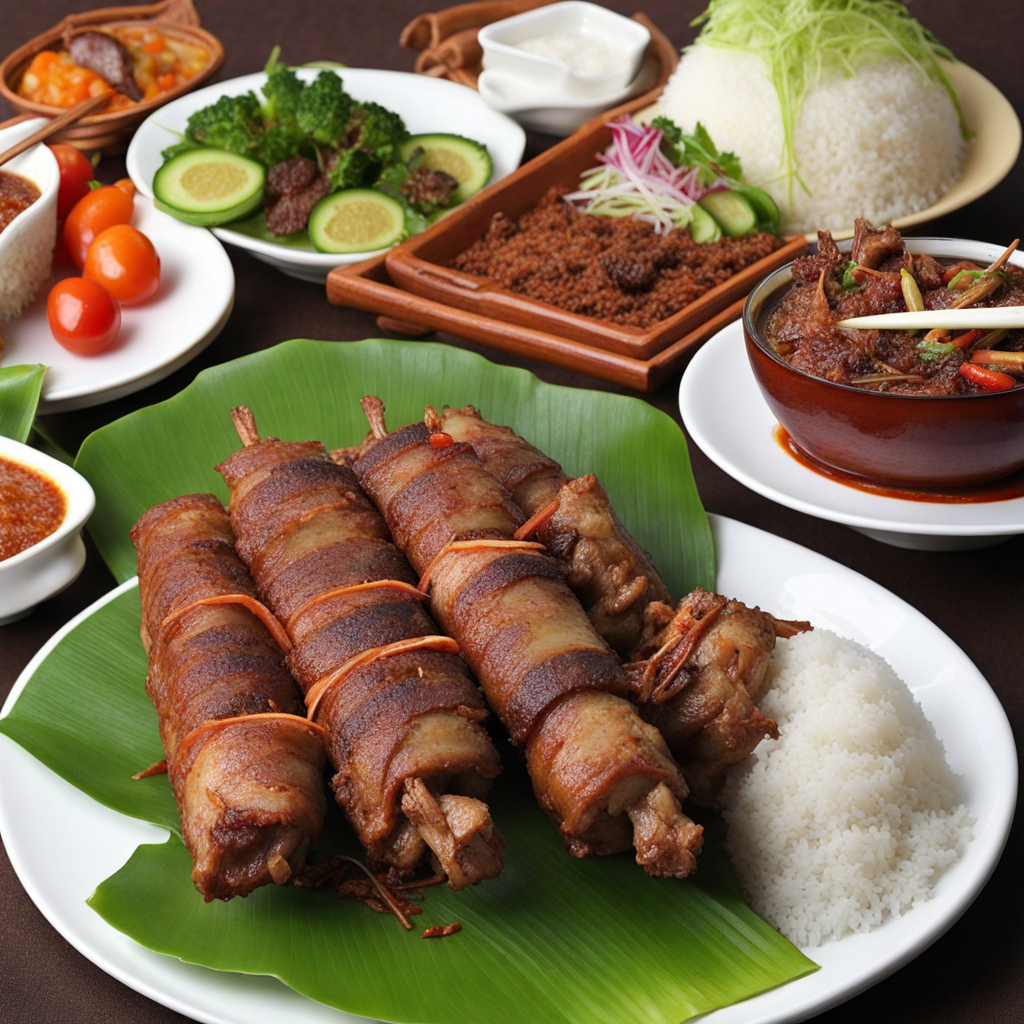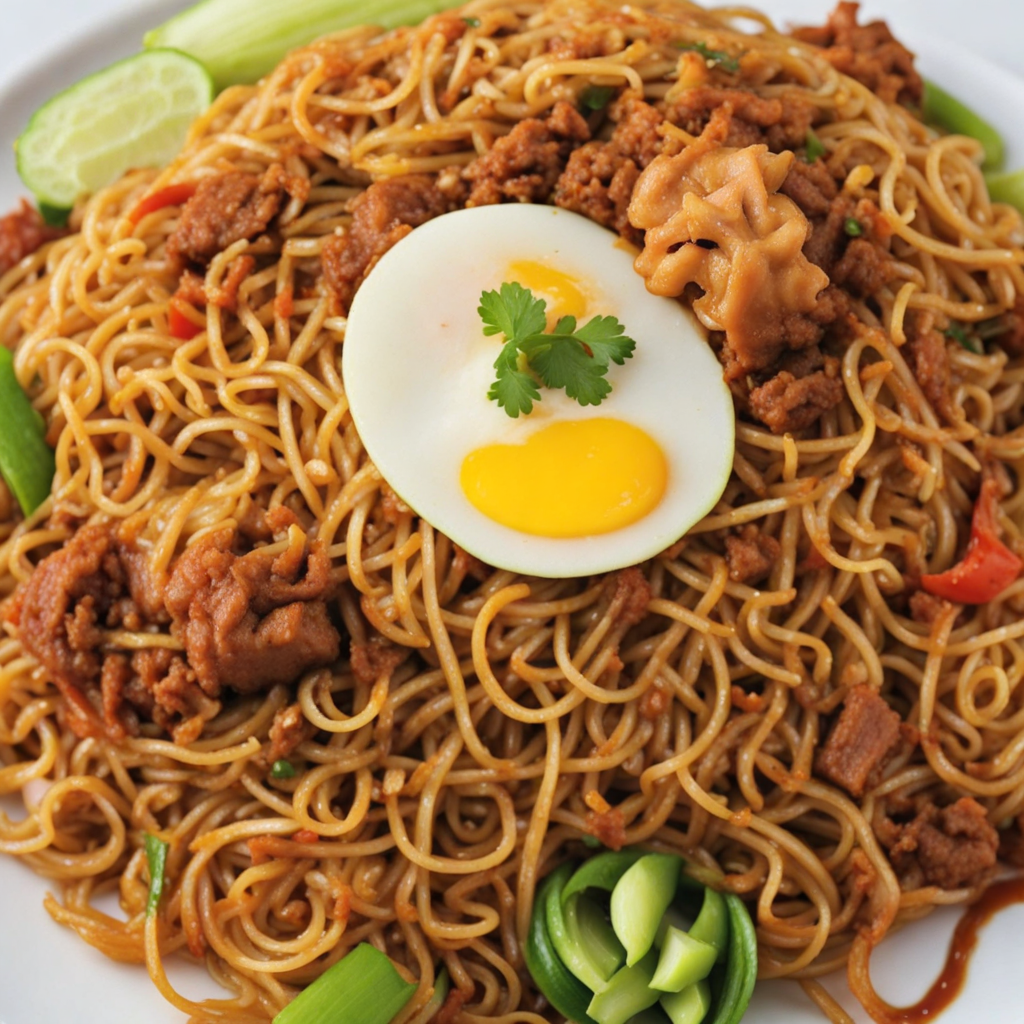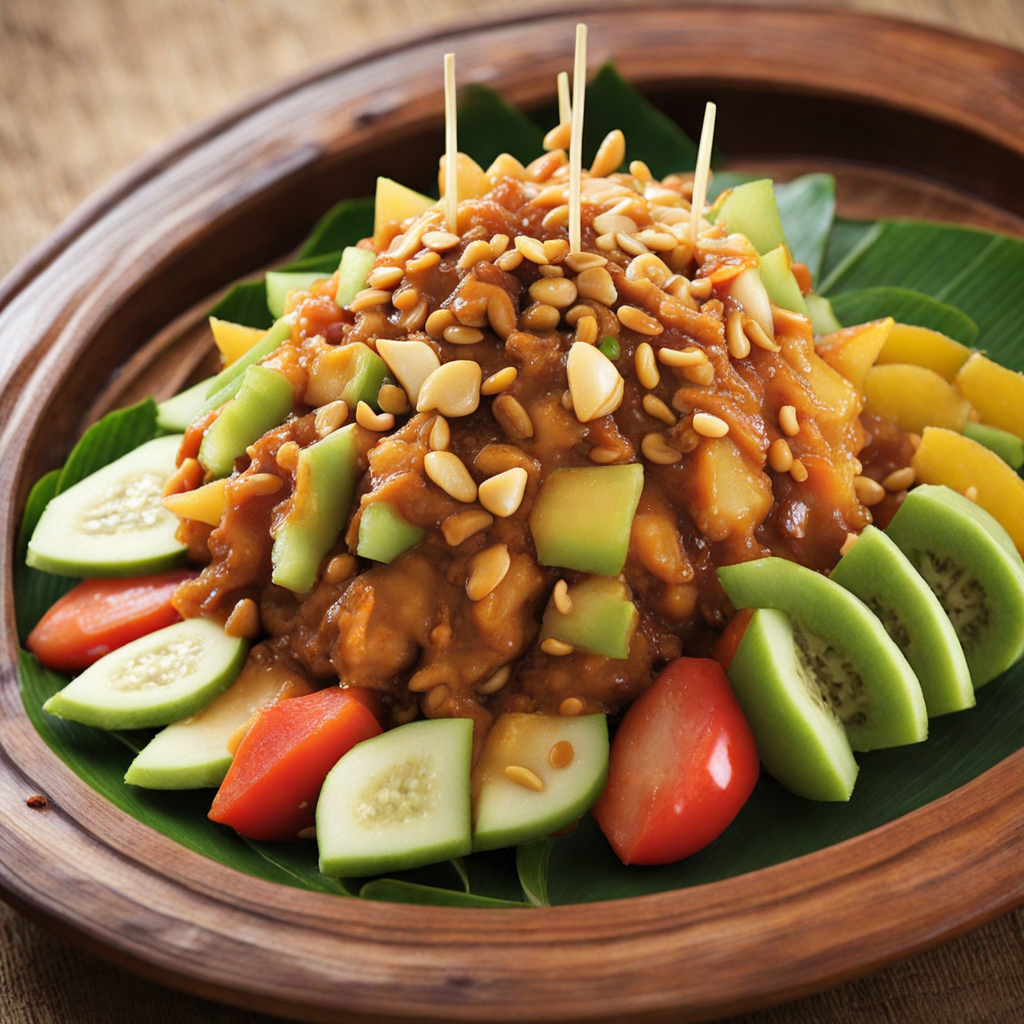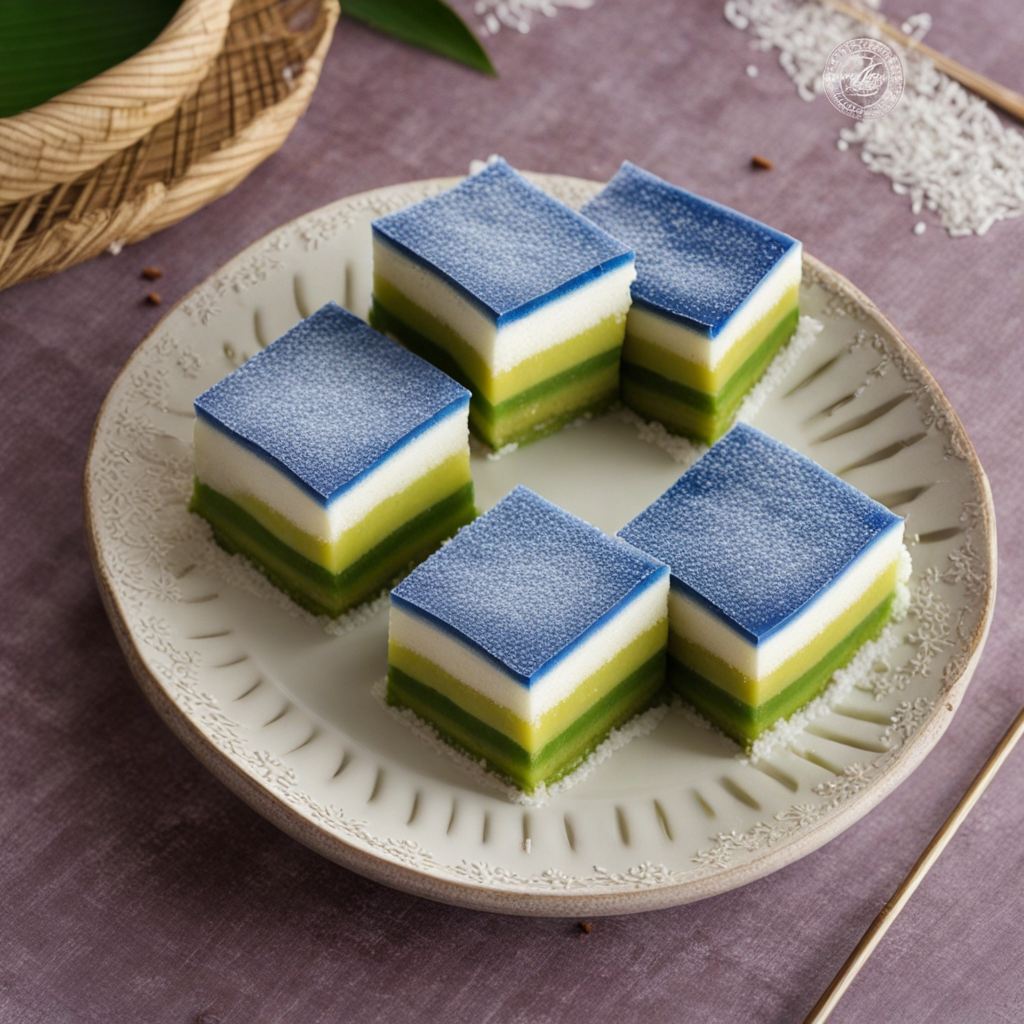Lumpia Semarang
Lumpia Semarang is a beloved traditional snack originating from Semarang, Indonesia, known for its unique combination of flavors, textures, and cultural significance. This dish is a type of spring roll that has evolved over the years, drawing influences from Chinese culinary traditions while incorporating local Indonesian ingredients and flavors. Its history is deeply intertwined with the Chinese-Indonesian community, particularly the Hokkien immigrants who settled in Semarang and contributed to the gastronomic landscape of the region. The preparation of Lumpia Semarang begins with the creation of the filling, which is the heart of this dish. The filling typically consists of shredded bamboo shoots, minced chicken or shrimp, and a medley of vegetables such as carrots and bean sprouts. One distinctive feature of Lumpia Semarang is the use of eggs, which are often scrambled and mixed into the filling to add richness and a velvety texture. The filling is seasoned with various spices, including garlic, shallots, and soy sauce, which impart a savory depth to the rolls. The wrappers used for Lumpia Semarang are another key element of its charm. They are made from rice flour and water, resulting in a thin, delicate skin that encases the flavorful filling. The wrappers are often lightly fried to achieve a golden-brown hue and a slightly crispy exterior, while the inside remains tender and juicy. The contrast of textures between the crisp wrapper and the soft filling is one of the reasons Lumpia Semarang is so delightful to eat. Once the
How It Became This Dish
Origin of Lumpia Semarang Lumpia Semarang is a traditional Indonesian spring roll that hails from the coastal city of Semarang, located in Central Java. The dish is deeply rooted in the culinary traditions of the Chinese-Indonesian community, particularly the Hokkien immigrants who settled in the region during the 19th century. The term "lumpia" is derived from the Hokkien word "lunpia," which refers to spring rolls, and its preparation reflects the fusion of Chinese culinary techniques with local Indonesian flavors and ingredients. The early Chinese settlers brought with them their culinary heritage, which included various types of dumplings and rolls. Over time, these dishes were adapted to incorporate local ingredients, resulting in the unique Lumpia Semarang. This dish is characterized by its thin, crepe-like wrapper, typically made from rice flour or wheat flour, filled with a savory mixture of vegetables, minced meat, and sometimes shrimp, seasoned with spices and served with a sweet and tangy dipping sauce. \n\n Cultural Significance Lumpia Semarang is more than just a popular snack or appetizer; it holds cultural significance in the Indonesian culinary landscape. It is often served at celebrations, family gatherings, and special occasions, symbolizing hospitality and the mingling of different cultures. The dish is emblematic of the vibrant multicultural tapestry of Indonesia, showcasing the harmonious blend of indigenous and foreign influences that characterize Indonesian cuisine. In Semarang, Lumpia is not merely a dish; it is a source of local pride. Street vendors and restaurants in the city often boast their unique recipes and family secrets, attracting both locals and tourists alike. The dish is commonly enjoyed with a sweet soy sauce, grated carrots, and chili sauce, creating a symphony of flavors that enhances the overall experience. Through its widespread popularity, Lumpia Semarang serves as a culinary ambassador of the city, highlighting its rich history and cultural diversity. \n\n Development Over Time As Lumpia Semarang gained popularity, its preparation and presentation evolved, reflecting changing tastes and modern culinary practices. Initially, the dish was made with simple ingredients, primarily using whatever was available in local markets. However, as globalization and urbanization progressed, more variations of Lumpia Semarang emerged, introducing new ingredients and flavor profiles. In contemporary times, Lumpia Semarang can be found in various forms, from traditional recipes passed down through generations to modern interpretations that cater to evolving dietary preferences. For instance, vegetarian versions have become increasingly popular, featuring ingredients such as tofu, mushrooms, and an array of vegetables, appealing to health-conscious consumers. Some chefs have even experimented with fusion variations, incorporating Western ingredients or cooking techniques to create a unique culinary experience. \n\n Lumpia Semarang and Its Variants While Lumpia Semarang is the most renowned variant, it is important to note that there are other types of lumpia found throughout Indonesia, each with its distinct characteristics. For instance, Lumpia Jakarta tends to be thicker and is often filled with a mixture of vegetables and chicken, while Lumpia Basah, or "wet lumpia," features a moist filling and is typically served with a dipping sauce. These variants highlight the regional diversity of Indonesian cuisine, where local ingredients and cultural influences shape the culinary landscape. The rise of Lumpia Semarang in international cuisine has also contributed to its popularity. As Indonesian food gained recognition on the global stage, Lumpia Semarang became a staple in Indonesian restaurants worldwide. Food festivals and cultural events often feature this delightful dish, showcasing its unique flavors and textures to an eager audience. The dish's adaptability has allowed it to transcend borders, making it a beloved choice for many food lovers. \n\n The Role of Street Food Street food culture plays a significant role in the popularity of Lumpia Semarang. In Semarang, street vendors often serve this dish fresh and hot, providing an authentic culinary experience that embodies the spirit of local food culture. The bustling markets and night food stalls create a lively atmosphere where people gather to enjoy not only Lumpia but also a variety of other traditional dishes, affirming the importance of communal dining in Indonesian society. Street vendors often have their own unique twist on the dish, whether it be through the choice of fillings, dipping sauces, or cooking methods. This creativity fosters a sense of competition among vendors, encouraging them to innovate while staying true to the essence of Lumpia Semarang. The accessibility of street food also makes it an integral part of everyday life for many Indonesians, reinforcing the notion that food is a central aspect of social interaction and cultural identity. \n\n Lumpia Semarang in Modern Cuisine Today, Lumpia Semarang is not only a cherished traditional dish but also a canvas for culinary experimentation. As chefs and food enthusiasts seek to reinterpret classic recipes, Lumpia Semarang has found its way into modern dining establishments, where it is often presented with a gourmet twist. This evolution reflects a broader trend in the culinary world, where traditional dishes are reimagined to appeal to contemporary palates while preserving their historical significance. The dish has also gained recognition through social media platforms, where food bloggers and influencers showcase their culinary creations, further popularizing Lumpia Semarang. This digital presence has allowed for the exchange of recipes and ideas, fostering a sense of community among food lovers who appreciate the dish's rich history and diverse flavors. \n\n Conclusion In summary, Lumpia Semarang is a delicious testament to Indonesia's rich culinary heritage and cultural diversity. Its origins in the Chinese-Indonesian community have allowed it to evolve over time while maintaining its significance as a beloved dish. Whether enjoyed at street stalls, family gatherings, or upscale restaurants, Lumpia Semarang continues to resonate with people from all walks of life, embodying the spirit of togetherness and the celebration of flavors that define Indonesian cuisine.
You may like
Discover local flavors from Indonesia



